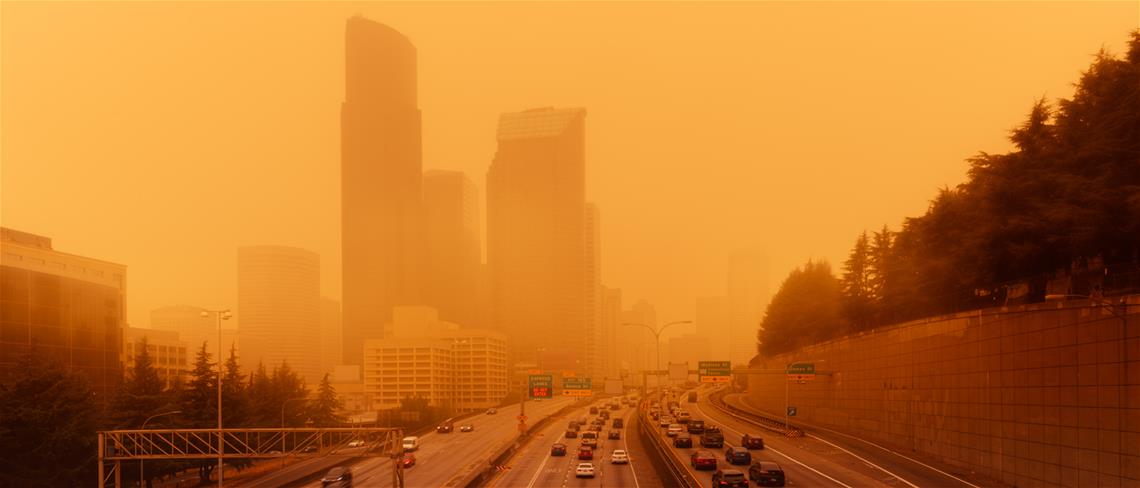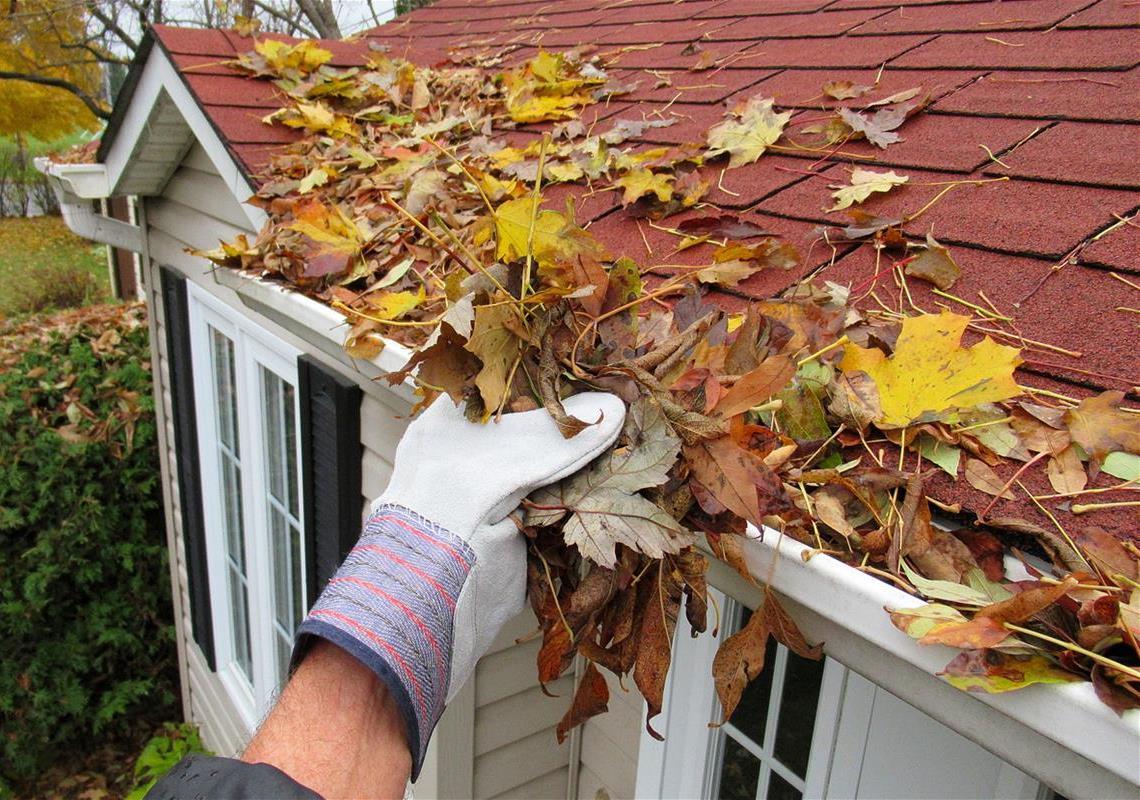Author: Nina Olivier, Built Green Coordinator
Wildfire season, and the smoke it brings, is upon us in the Pacific Northwest. Fueled by drought and climate change, these threats to the health and safety of our homes are arriving earlier each year. Fortunately, there are simple steps homeowners can take from roof to foundation to make a home safer from embers, radiant heat, and fine particulate matter.
By September 2020, wildfires had burned over 713,000 acres in the State of Washington, resulting in the loss of 181 homes and one fatality. Research conducted by the National Fire Protection Association concluded that wildfire embers and smaller flames were the main ignition source of homes.
Along with the destructive risks associated with wildfires, exposure to the particulate matter in its smoke also poses a significant health risk. According to the University of Washington's Department of Environmental and Occupational Health Sciences, breathing in the fine particulate matter from wildfire smoke, known as PM2.5, can contribute to respiratory, cardiovascular, and other health problems and even lead to premature death.
Built Green recognizes the importance of providing healthy indoor air and fire safe homes for all those living in Built Green certified homes. As a result, there are numerous checklist credits dedicated to decreasing the number of pollutants and providing means for air filtration during wildfire smoke season as well as methods to minimize the likelihood of flames or surface fire touching the home or any attachments.

Below is a list of preventative actions you can take to protect your family and your home during the annual wildfire season.
Roofs and Gutters
Strategies to limit your home's ability to act as a fuel source include:
- Clean roofs and gutters of dead leaves, debris and pine needles that could ignite from air-borne embers.
- Replace or repair any loose or missing shingles or roof tiles to prevent ember penetration.
- If you are replacing your roof, install a Class A slate or metal roof.
- Install 1/8-inch metal mesh screening to reduce embers that could pass through vents in the eaves and attics.

Windows and Doors
Indoor Air Quality
- Invest in a high quality portable air cleaner as recommended by the EPA.
- Upgrade the air filter in your furnace or central heating, ventilation, and air-conditioning (HVAC) systems and use them to recirculate and filter the air inside your home.
- Attach a MERV 13 or FPR 10 filter to the back of a box fan to create an additional air filter.
- Increase your home's humidity to help remove small particulate matter in the air using portable humidifiers.
- Avoid activities that create fine particles indoors such as smoking, cooking, burning candles, and spraying aerosol products.
Decks and Porches
- Treat existing wood decks against fire with a flame retardant spray; do not replace them with endangered tropical woods like Ipe or ironwood.
- Add metal sheathing around the base timbers.
- Replace any decaying timber boards.
- Install metal screening around the crawlspace beneath the deck to keep fire embers out.
- Consider building a deck with composite materials with Class A or B fire ratings, but avoid composites that contain PVC, which produce very toxic fumes when they burn.
- Remove anything stored underneath decks or porches.
- Store away all furniture cushions, mats, potted plants, and decorations to avoid them catching embers and igniting.
- Remove the deck as a source of ignition by instead building a stone, paver, or concrete patio.
Landscaping
- Map out your home's ignition zones and take actions to decrease the ignition risks in the immediate ignition zone that directly increase the likelihood of flames touching your home.
- Establish defensible spaces that are maintained and designed to slow the spread of fire to and from the building, and create fire buffers around the house.
- Plant native species that are fire resistant
- Remove dry underbrush and unhealthy vegetation and trees.
- Mow tall or dry grass areas and discard the clippings.
- Trim back tree limbs that hang over or encroach on your home's immediate ignition zone and deck.
- Move any flammable material away from exterior walls – mulch, flammable plants, leaves and needles, firewood piles, grill, or fire pit propane tanks – anything that can ignite or combust.
Be Prepared
In an event of an evacuation, understand and map out a safe evacuation route from your region. Prepare an emergency kit including a supply of N95 or P100 masks, water, flashlights, and first aid essentials. Continue monitoring https://www.airnow.gov/ and https://www.dnr.wa.gov/Wildfires to monitor your region's smoke index and wildfire locations.
More information can be found on the National Fire Protection Association's Website.
Diagrams produced by National Fire Protection Association and Colorado State University